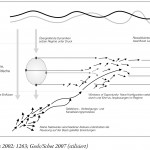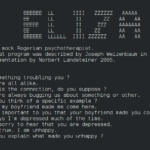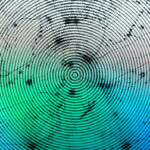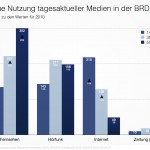»Designing Reality«: The Logic of Digital Utopianism (2)
Jan-Felix Schrape | 18. Februar 2018Der Physiker und Informatiker Neil Gershenfeld glaubt an die ›dritte digitale Revolution‹ durch 3D-Drucker, weitere Technologien zur dezentralen Herstellung materieller Güter und FabLabs als Orte einer kollaborativen und hochvernetzten digitalen Ökonomie neuen Typs – nicht erst seit der Publikation des Buches »Designing Reality: How to Survive and Thrive in the Third Digital Revolution«, das er jüngst zusammen mit seinen Brüdern veröffentlicht hat, sondern schon seit Mitte der 2000er-Jahre. Seine Argumentation in kompakter Form (Video):
Mit Gershenfelds Kernthesen zur ›dritten digitalen Revolution‹, der dahinter liegenden visionären Logik und den sozialen Funktionen von solchen utopischen Ausführungen haben sich Sascha Dickel und ich bereits in dem Artikel »The Logic of Digital Utopianism« auseinandergesetzt, der sich seit Anfang des Jahres auf SpringerLink kostenfrei abrufen lässt (leider nicht mehr):
»[…] albeit current transformations are characterized less by substitution and resolution than by differentiation and complementarity, the widely acclaimed books and articles on the ›new media‹ of an era (e.g., the early World Wide Web, the so-called ›Web 2.0‹, or presently 3D printing)— literally never focus on incremental or gradual change, but promise fundamental media revolutions that supposedly will shake the very foundations of society. The fact that prior expectations, in their radicalism, were not empirically fulfilled scarcely matters to the prevailing revolutionary rhetoric of the day.
[…] In this respect, the utopias associated with new media technologies can be recast as typical forms of utopian communication. These visions are not primarily technological roadmaps awaiting realization, but rather an expression of a form of public communication that perpetuates the fundamental semantic structures of modern utopianism regarding new media technologies. Furthermore, the universal compatibility of media utopias derives from comprehensive patterns of complexity reduction that parallel the general selection criteria of the mass media […]. The fundamental semantic structures of media utopias combined with these simplification patterns increase their compatibility with many already existing discourses in various socioeconomic and sociocultural fields. […]«














